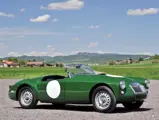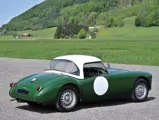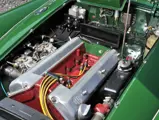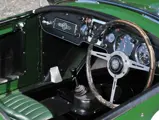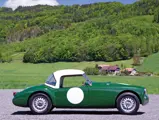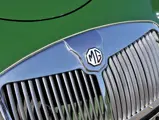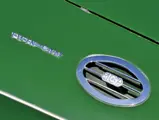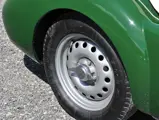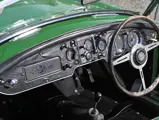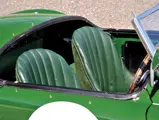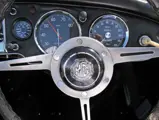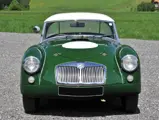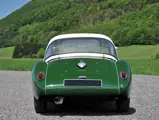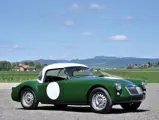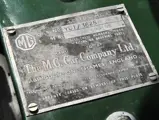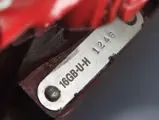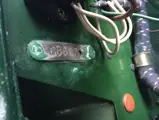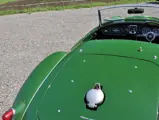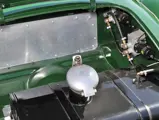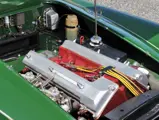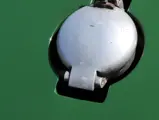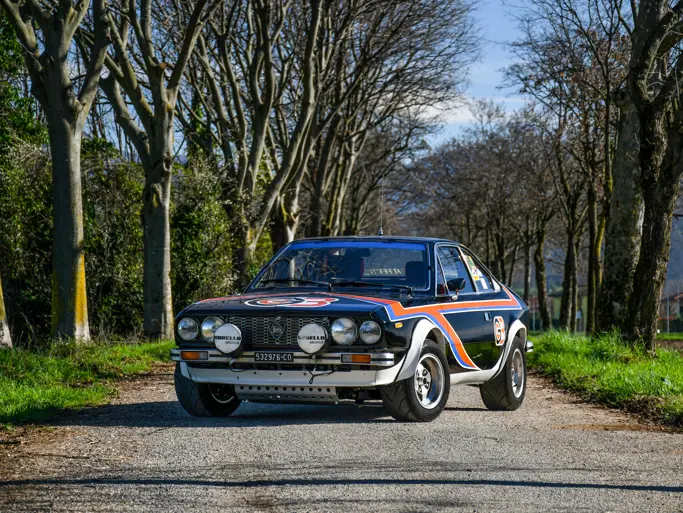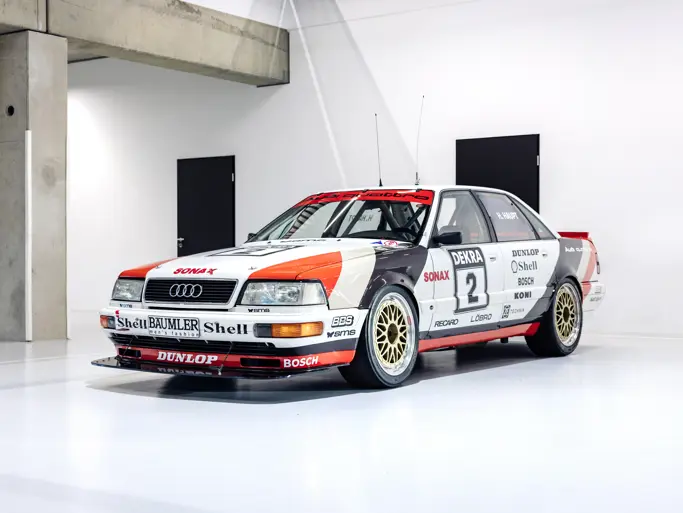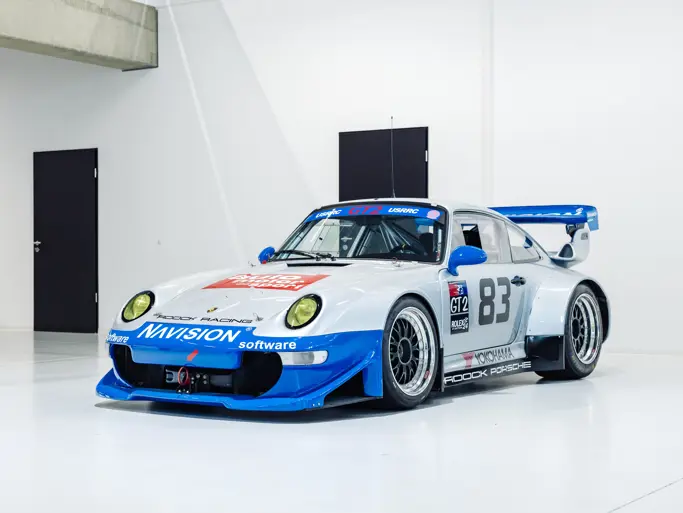London 2015
1959 MG MGA Twin Cam
{{lr.item.text}}
£120,000 - £160,000 GBP | Not Sold
 | London, United Kingdom
| London, United Kingdom
{{internetCurrentBid}}
{{internetTimeLeft}}

- One of only 2,111 Twin Cams built
- Extensive race history; complete with FIA papers
- Well-documented ownership history
- The most rare and sought-after MGA
120 bhp, 1,588 cc DOHC inline four-cylinder engine with twin Weber 45DCOE carburettors, four-speed manual transmission, independent front suspension with wishbones and coil springs, live rear axle with semi-elliptical leaf springs, and four-wheel disc brakes. Wheelbase: 2,388 mm
The MGA was conceived as a replacement for the T-Series MGs, combining a rigid chassis with the 1,489-cubic centimetre B-Series engine that had been designed by Austin. The rest of the MGA’s running gear was based on that from the TF, including its independent coil-sprung wishbone front suspension and live rear axle. The MGA proved to be a hit from the start, with customers attracted to its top speed of almost 100 mph and its attractive open coachwork.
Despite the MGA’s commercial success, competition was coming from manufacturers, including Triumph and Austin-Healey, which necessitated that development continued apace. There was a major focus on extracting more power from the B-Series engine, which was becoming increasingly difficult. Development concentrated around a twin overhead-camshaft cylinder head, which was introduced in 1958. The new 1,588-cubic centimetre engine represented a significant improvement, producing 108 brake horsepower at 6,700 rpm and allowing the twin-cam MGA to reach a speed in excess of 110 mph. As a result of the additional performance, Dunlop disc brakes were fitted all-round, along with centre-lock wheels. This performance came at a price, however, and twin-cam production lasted just two years, with only 2,111 cars built.
This example, chassis number YD1/1626, was built on 9 March 1959 and dispatched to the BMC Competition Department on 7 April 1959. Heritage records confirm that it had no engine number at this time. According to Ralph Clarke, BMC & Leyland South Africa’s technical director, Albert Sydney “Syd” Enever had this car shipped to George Tuck in South Africa the following month for the MGA promotion and publicity project. Mr Clarke remembers the car was originally painted green, with black trim and competition deluxe seats. It was fitted with a large rev counter, a standard steering wheel, 1500-type rear lights, a vent aperture on the bonnet, and a short windscreen. A large fuel tank with fuel pumps was situated in the boot, with a large competition-type fuel filler in the boot lid. Front and rear bumpers were not fitted with a valance in place of the front bumper. Clarke notes that the car appeared new and that it had not been previously raced before it arrived at Blackheath, Johannesburg.
Clarke goes on to note that upon its arrival at Blackheath, the car was allocated to his department, where competition mechanic Alan Stewart was responsible for the preparation of the car for various events. He also recalls that despite being displayed at the various BMC dealers, YD1/1626 did not have a long competitive life. It was entered in local club events, which included a hill climb, a short circuit race, and acceleration and speed tests. The car was driven by part-time competition driver Peter White, as well as John Philips and Roddy Turner.
In the early ’60s, after discussion with Marcus Chambers, the UK BMC Competition manager, George Tuck decided to remove the 1,626-cubic centimetre Twin Cam engine and replace it with a 1,600 pushrod. The original engine was given to Noel Horsfield, who had already been successfully campaigning another Twin Cam in competition. It is then believed that MGA was sold to Peter White, who entered several small local events in the Eastern Cape near his home. The car then returned to Cape Town when D. Garner, the local BMC publicity manager, traded his Mini Cooper S for the car. Sometime later, the MGA is noted as being owned by Charles Batham, who took the car with him to Canada. It then passed through several subsequent owners before being acquired by a Mr Prophet at auction in 1980. Joel Delong, of Toronto, Ontario, Canada, then purchased the car in 1988 before it was acquired by Mr Harding. The MGA later returned to the UK, where it was purchased by Mr Philippe Douchet, from whom it was acquired by the present owner.
Today, the car includes both a Le Mans-type half windscreen and a full Works hardtop. The accompanying paperwork includes a complete list of owners and early events, as well as several period photographs and FIA paperwork.

